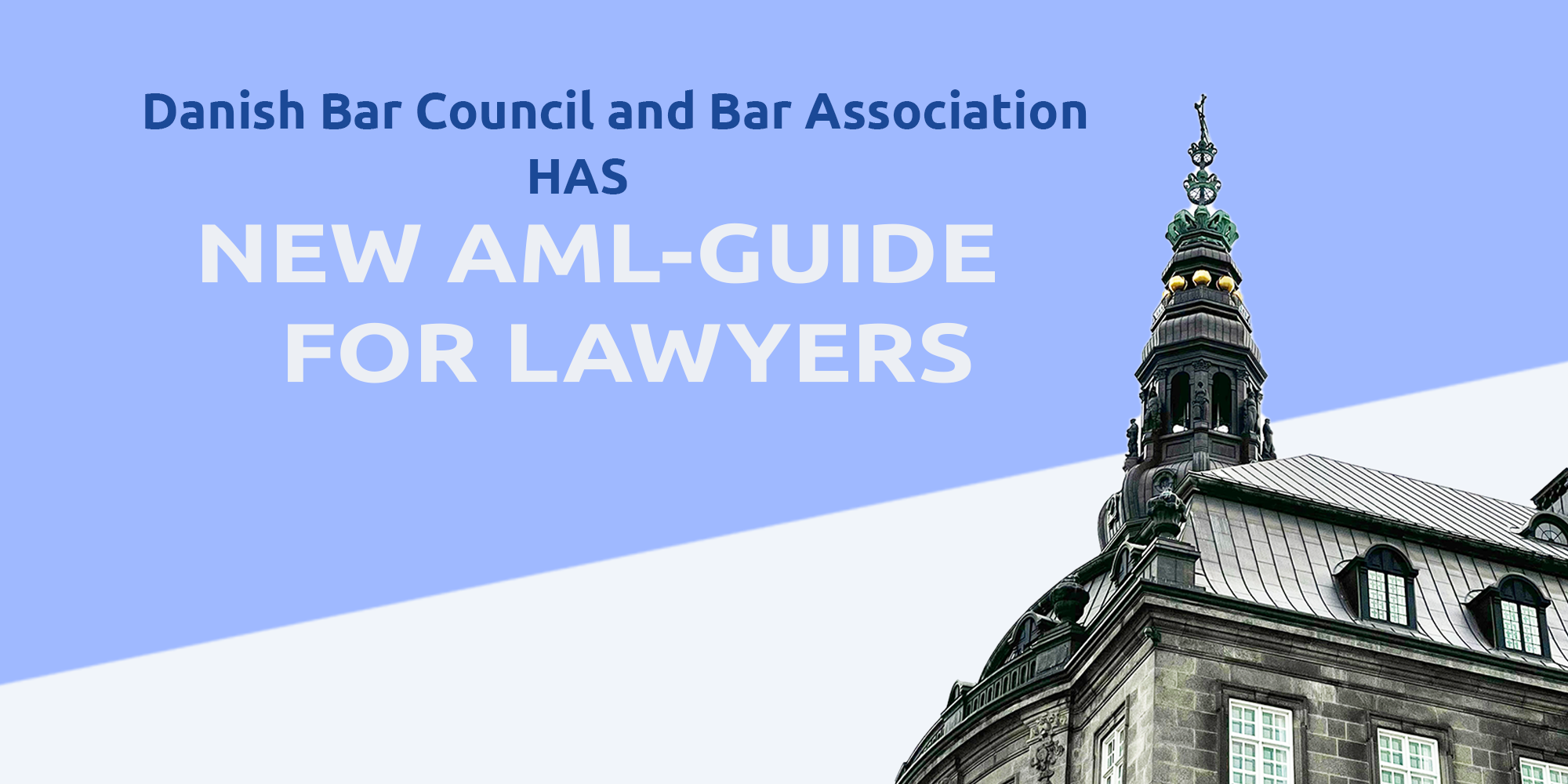1 min read
Creditro takes over KYC from Penneo
As part of Visma’s ambition to build world-class digital solutions, a strategic decision has been made to sharpen the focus of its portfolio...

Practical examples are on the agenda, in the The Danish Bar and Law Society's revised money laundering guidelines, for preventing money laundering and terrorist financing - and there is a good reason for that. Lawyers are not like others subject to the Money Laundering Act. It is not a consistent practice that all cases must go through the anti-money laundering machine, and theThe Danish Bar and Law Society wants, according to chairman Martin Lavesen, to specify the rules that lawyers must comply with:
"Money laundering is deeply harmful to society, and lawyers must, of course, contribute to fighting this type of crime if they come across it. Our experience is that lawyers are already good at complying with the rules and preventing money laundering. With the new guidance, the Bar Council will advise lawyers even better concerning how they concretely live up to their obligations in the Money Laundering Act," says Martin Lavesen, chairman of the The Danish Bar and Law Society, to AdvokatSamfundet.Source: The Danish Bar and Law Society
Law firms can be held liable for aiding and abetting money laundering if they knowingly facilitate transactions that later become part of a money laundering scheme. In addition to reputational damage, negligence can result in financial penalties and prison terms for individuals in the company. Read more about AML for lawyers here: Anti-Money Laundering Compliance in law firms.
For several years, Visma Creditro has helped both large and small law firms comply with the Money Laundering Act with products such as Creditro Comply, which, following current legislation, automates the process and removes the document-heavy process from lawyers. It allows them to spend time advising clients and just 5 minutes on the KYC process. Book a demo today.
Read the complete guidance (currently only available in Danish) from the Bar Council here 👉 Guidance.

1 min read
As part of Visma’s ambition to build world-class digital solutions, a strategic decision has been made to sharpen the focus of its portfolio...

3 min read
When you are subject to AML regulations, there are several tasks you need to complete annually. An annual compliance plan can help you stay on top of...

3 min read
AML compliance can be a hassle, but we don’t think it has to be that way. That’s why we’re proud to finally introduce our new brand, which reflects...